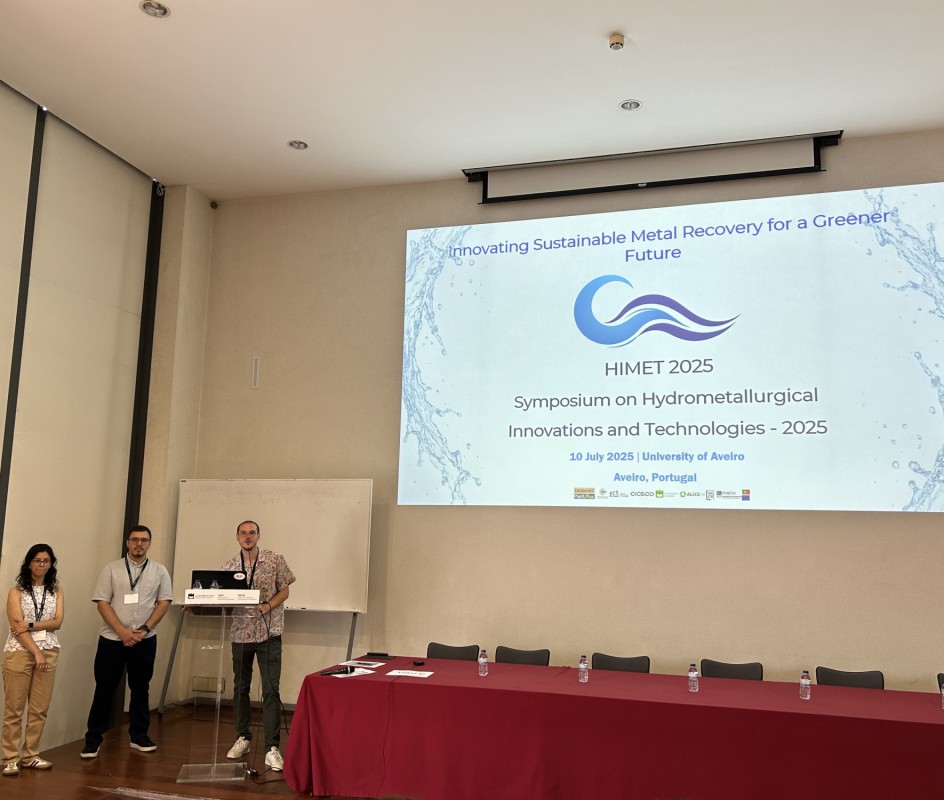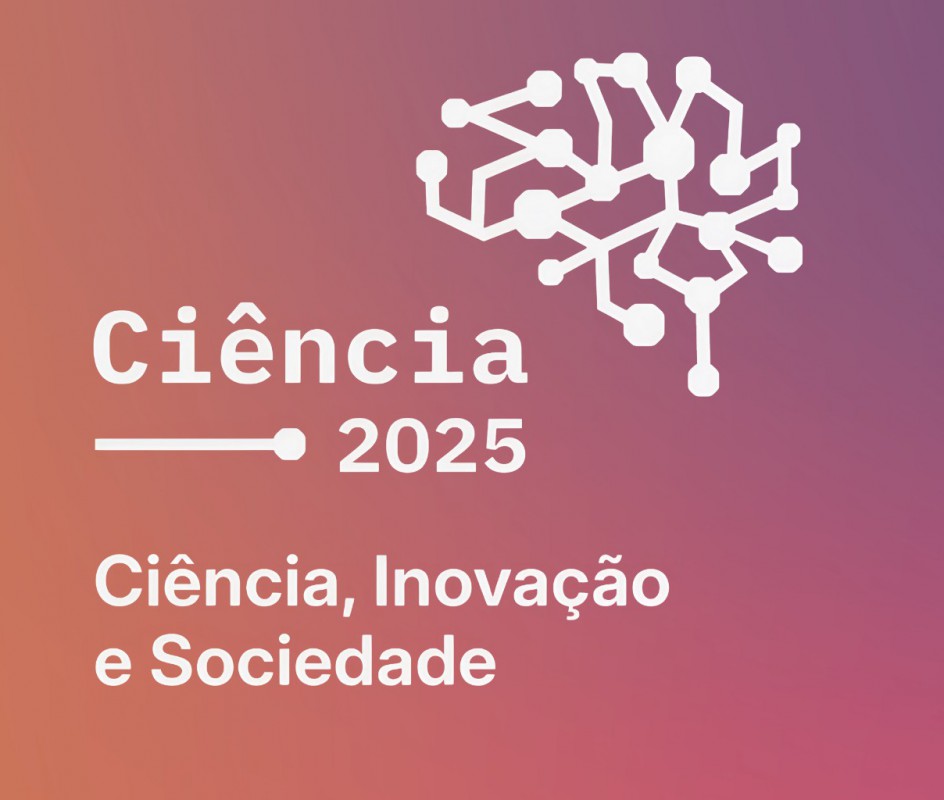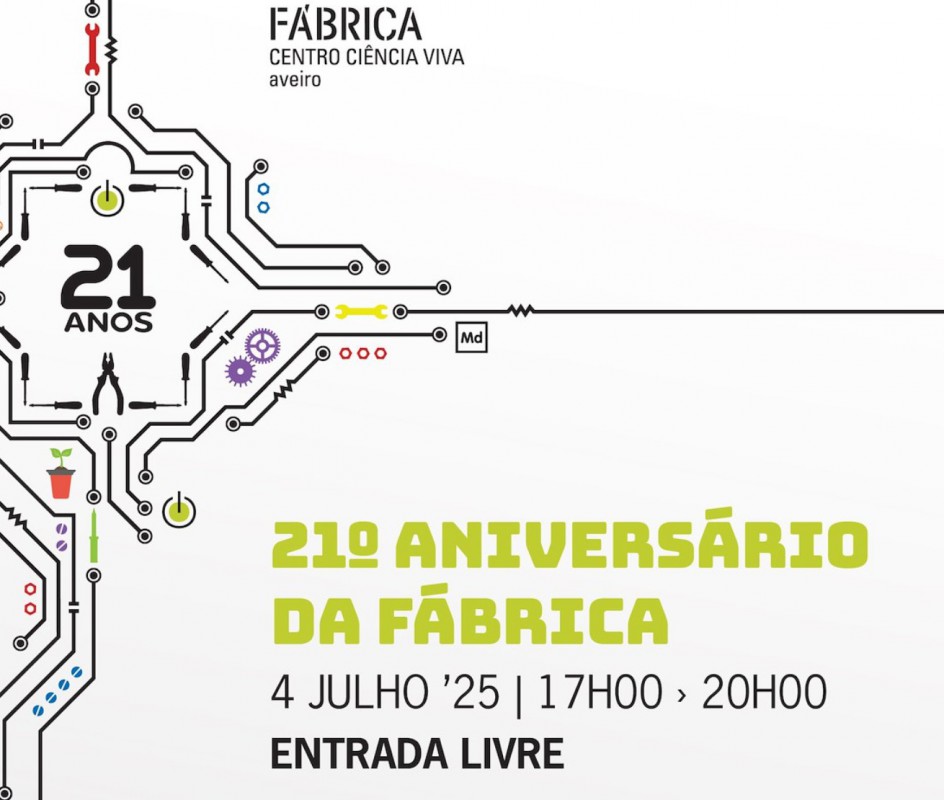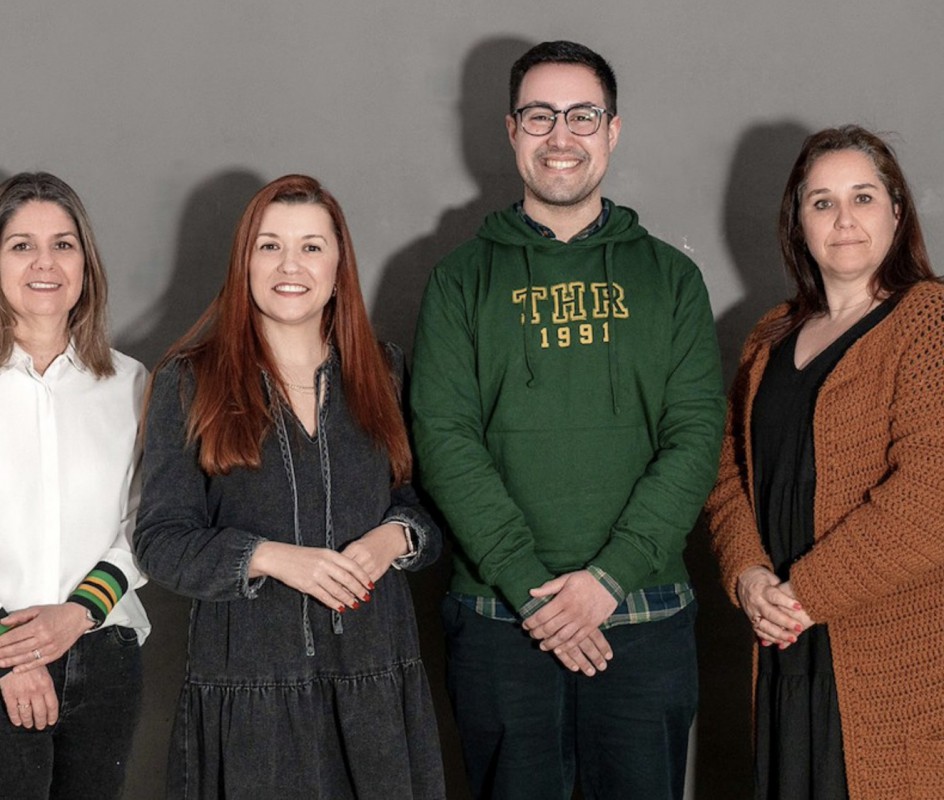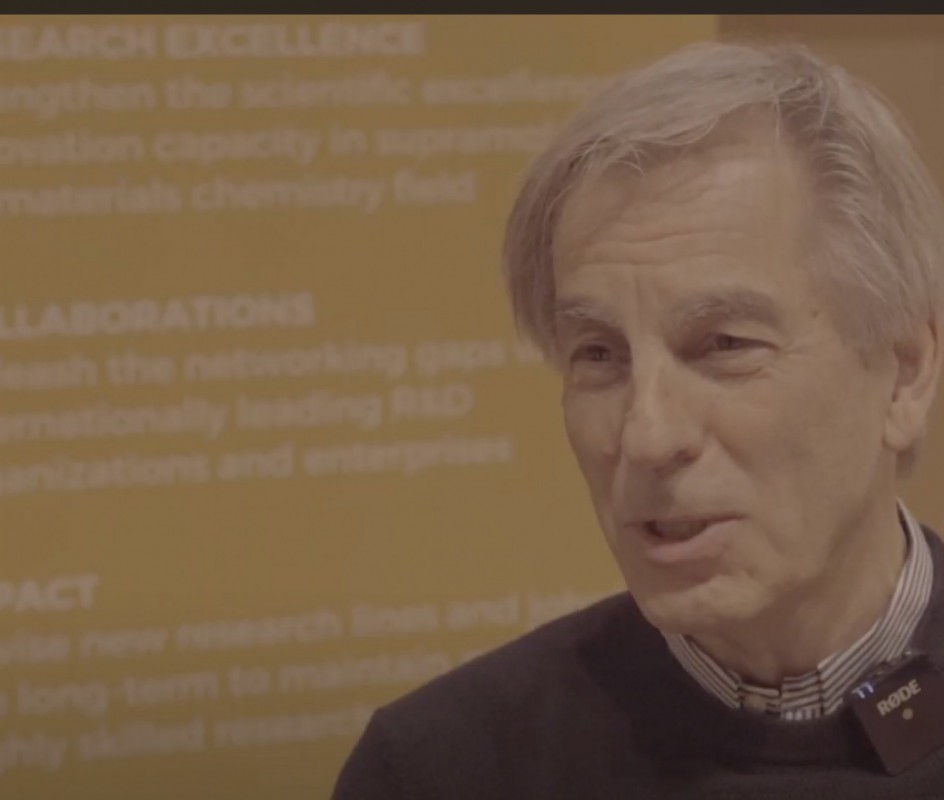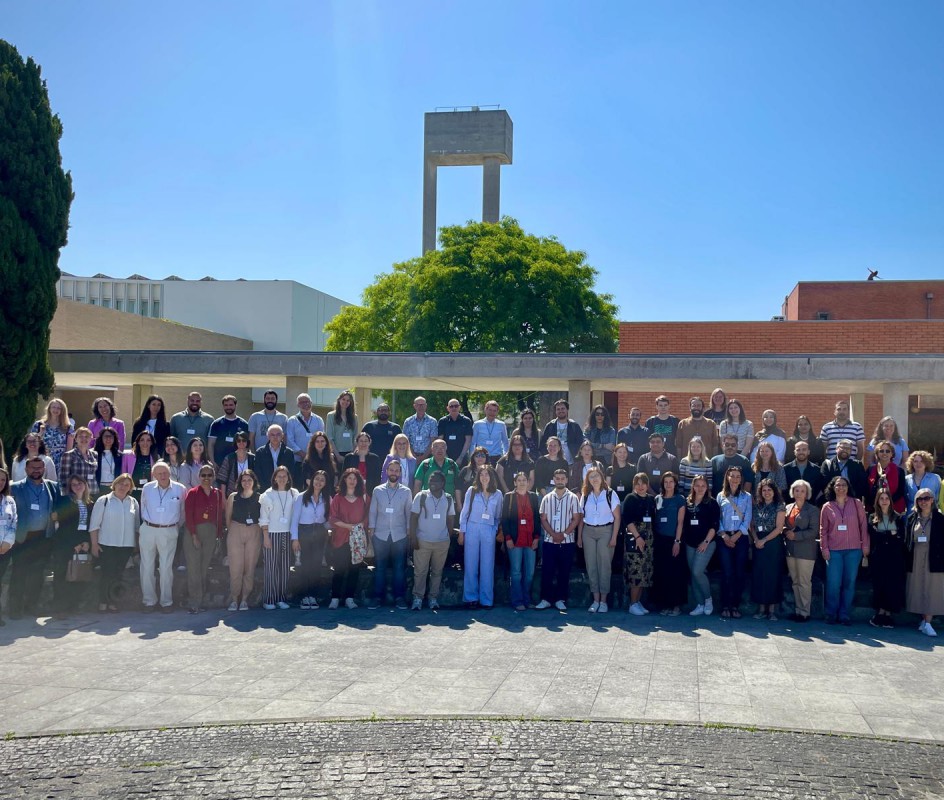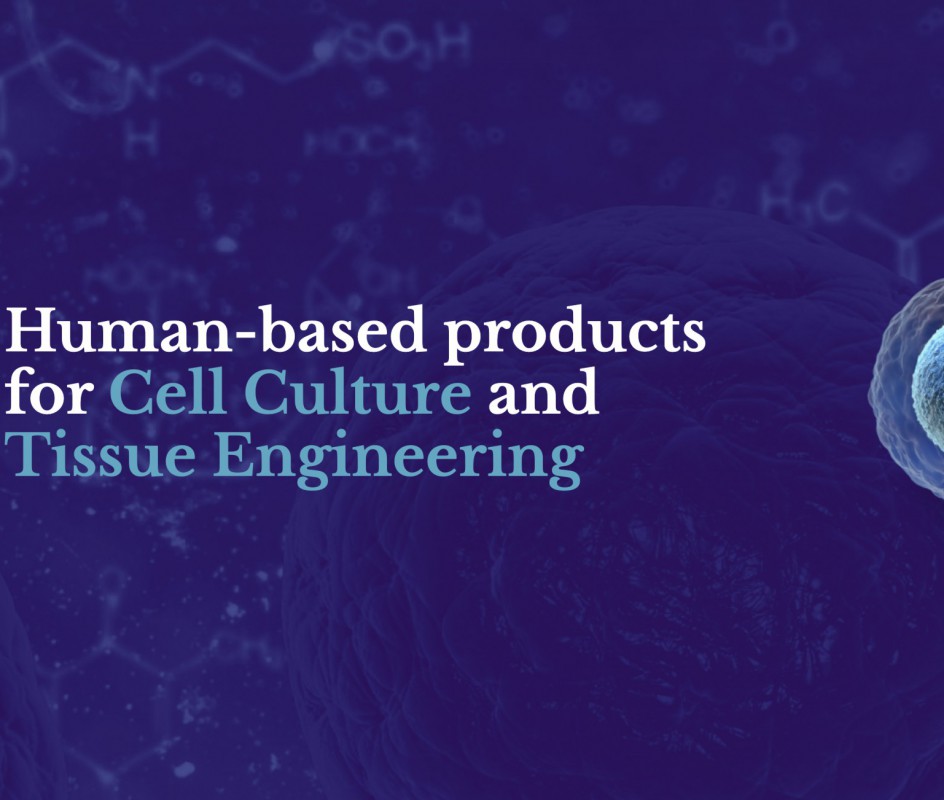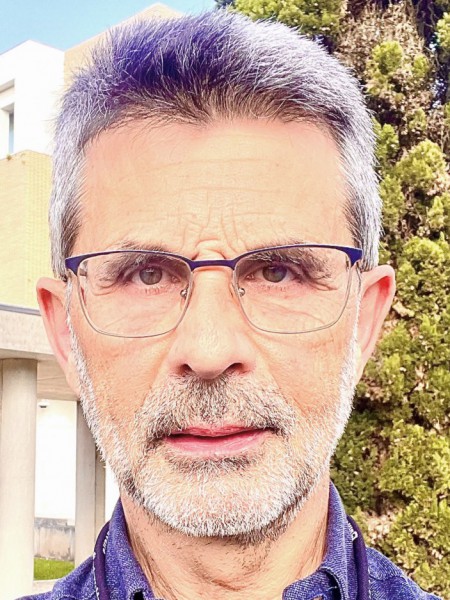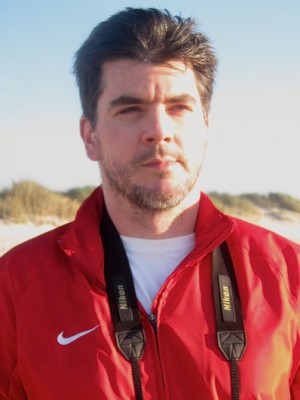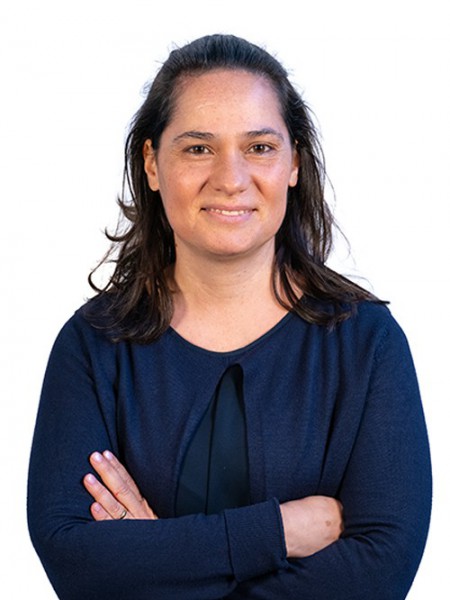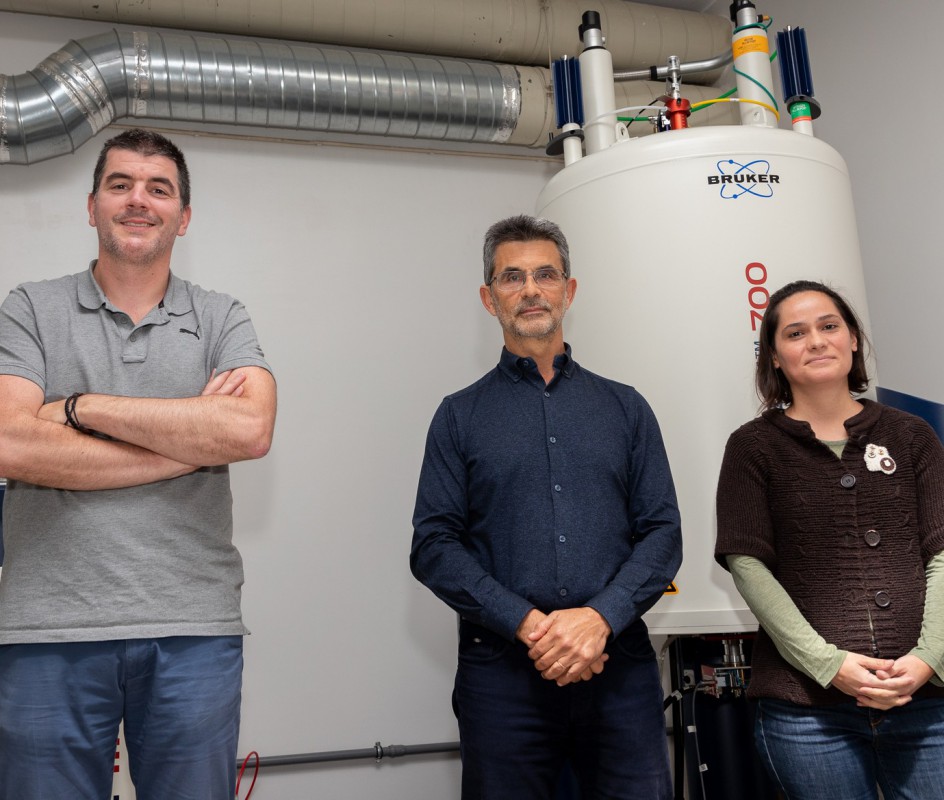
Solid-state NMR spectroscopy is essential for the characterisation of structure and dynamics at the atomic-level. These methods rely on access to sophisticated and costly solid-state NMR equipment that is only available in few national facilities. The solid-state NMR Center at CICECO / University of Aveiro is now part of an EU funded 4-year project (PANACEA: Pan-European Solid-State NMR Infrastructure for Chemistry-Enabling Access,5 M€), aiming to bring together and integrate seven national infrastructures across Europe and to incorporate one infrastructure in the United States. The goal is to open them to all European researchers, from both academia and industry, providing effective and convenient access to the best research infrastructures in solid-state NMR available worldwide.
“Another success for the research that is carried out at UA and for its researchers,” praises Artur Silva, Vice-Rector for Research, Innovation and Training 3rd Cycle of UA. “This project rewards a group of researchers and an area of research (NMR) that had its great impulse in UA in the early 90's, with the acquisition of the first high-resolution spectrometers, first that of solutions and then that of solids. However, since then and with a lot of work and effort, UA's solids NMR laboratory can now integrate this European network of excellence, which will bring great international visibility to this NMR laboratory”, highlights the member of the rectorate team. The solids NMR research has, thus, three decades of history in UA and the integration in this European network “confirms the excellence and international visibility of the CICECO-UA laboratory”, says João Rocha, director of this associated UA laboratory. Members of the Department of Chemistry, João Rocha, Luís Mafra and Mariana Sardo are participating in this project.
New building for NMR equipment at UA
The PANACEA Network will allow trans-national access of researchers and technicians from academia and companies to the best European solid NMR infrastructures, stimulating collaboration between the laboratories that integrate it, and promoting the creation of new knowledge and innovation, explains the researcher and director. UA's solids and liquids NMR laboratories are also part of the Portuguese NMR Network (PTNMR), which gathers the main national centers of the area. This Network was financed by FCT, which allowed UA to acquire one of the few dynamic nuclear polarization equipment existing in Europe, worth about 2 M€. Recently, within the framework of the PTNMR, the POCI program (FEDER) co-financed the construction of a building to house all the NMR equipment of the Department of Chemistry, which also had a very relevant contribution from the Rectory of UA. This building, adjacent to the Technological Laboratories, on the Santiago campus and next to the Department of Chemistry, should be completed by the summer of 2021.
More details on the impact of this project
Chemistry is at the heart of the European economy, and the wider Chemical Industry is one of the largest manufacturing sectors.As an ‘enabling industry’, Chemistry plays therefore a pivotal role in providing innovative materials and technological solutions to support Europe's industrial competitiveness. The chemical industry alone, including basic chemistry and pharmaceuticals, contributes to more than 15% of European industrial production. Modern chemistry research involves ever more complex non-crystalline solid materials, whether they be sophisticated pharmaceutical formulations designed to have programmed release properties, complex polymer composites with designed mechanical, electrical or optical properties, battery materials optimised for repetitive charge and discharge cycles over many years, or heterogeneous catalysis in porous materials capable of efficiently carrying out multiple reactions.
An acute need across chemistry for advanced atomic-scale characterization
Development of modern chemistry relies on the capacity for atomic level investigation of increasingly complex solid substrates in frontier research areas crossing disciplines from catalysis and energy materials through polymers to pharmaceutical formulations and medical implants. Thanks to a number of recent breakthroughs in instrumentation and methodology, solid-state Nuclear Magnetic Resonance (NMR) spectroscopy is uniquely positioned today to characterise the structure and dynamics at the atomic-level and can reveal morphology in solid substrates. However, such state-of-the-art methods rely on the use of sophisticated and costly solid-state NMR equipment that is only available in a handful of national facilities. The rarity of the instrumentation and associated operational know-how has restricted the uptake of these enabling methods by the broader base.
EU invests 5 million euros to unlock NMR technologies for key research in chemistry
To enable researchers from European academia and industry to extend innovative chemistry research, the EU has invested 5 million euros to PANACEA, through its Horizon 2020 program. The PANACEA consortium aims at facilitating the generation of knowledge and advances in pharmaceutical, fine chemicals, cosmetics, food, fuel, polymers and clean energy industries. PANACEA will do this by bringing together and integrating on the European scale, seven national infrastructures across Europe and one infrastructure in the United States, and by opening them to all European researchers, ensuring their optimal use and joint development. Specifically, the project will offer trans-national access (1700 instrument days) to more than 30 unique NMR spectrometers ranging from 100 to 1500 MHz, fully equipped to cover the most advanced solid-state NMR techniques and applications.
Advancing technologies beyond the state of the art
Joining forces within the PANACEA consortium also enables the partners to collaborate in joint research activities that will allow new and better ways to perform chemistry experiments. PANACEA will build on the expertise of the partners to develop new web-based software tools to simplify the analysis and interpretation of NMR experiments to non-expert users, as well as to develop new instrumentation and protocols that will extend the applicability of the NMR technique to a broader range of solids, including new and innovative materials that are attracting the interest of the wider academic and industrial community: energy storage materials (batteries, supercapacitors), catalytic surfaces, polymer thin films, porous materials for gas capture, storage or separation, implants and drugs for pharmaceutical formulations.
Enabling research without borders
A series of networking activities is designed to harmonize and optimize access procedures and interfaces, so to facilitate the use of modern solid-state NMR by non-expert users and widen the opportunities for novel application areas in chemistry. Integration will be further enabled through an extensive and inclusive training targeting the wider Chemistry community through activities to demonstrate and highlight the potential of the technique and educate a new generation of cross-disciplinary chemists able to optimally exploit advanced NMR methods for their research.
PANACEA will also foster technical innovation through direct partnerships, both with four NMR technology providers in the consortium and with trans-national access users in the broad chemical industry. This will be supported and developed by extensive industry related initiatives, and by industrial participation in the advisory board of the integrated Infrastructure.
How to access PANACEA facilities
Access to all facilities will be available through an open peer review system based on scientific excellence and the potential of each project for enabling translational research. While PANACEA expects Open Access publication from all users, it also enables researchers from industry to access its facilities as a fee-for-service, through a dedicated access portal. Starting from the 1st of September 2021, PANACEA will be open for applications.
PANACEA and CICECO
The solid-state NMR research group within CICECO will be one of the seven European research centres involved in PANACEA, enabling access to its state-of-the-art equipment, including the 700 MHz and 400 MHz DNP-NMR spectrometers. UA is part of the Portuguese NMR network, referenced in the Portuguese roadmap of research infrastructures. The wider Chemical community within Europe will thus have access not only to the high-resolution solid-state NMR equipment available at CICECO, but also to specialised knowledge in the application of such methods in chemistry and materials science provided by dedicated researchers. This project will be coordinated by Mariana Sardo, Luís Mafra and João Rocha.
Facts
Call: Integrating Activities for Starting Communities, INFRAIA-02-2020
Project duration: September 2021 – August 2025
Total budget: 4 998 890.75 euros
Partners: Centre National de la Recherche Scientifique (Lyon and Orléans, France; coordinators); the University of Warwick (UK); Consorzio Interuniversitario Risonanze Magnetiche di Metallo Proteine (Florence, Italy); Stichting Katholieke Universiteit, (Nijmegen, the Netherlands); Aarhus Universitet (Denmark); University of Aveiro (Portugal); University of Göteborg (Sweden); the Florida State University (Tallahassee, United States); Bruker Biospin GMBG (Rheinstetten, Germany); Mestrelab (Santuago de Compostela, Spain); the Weizmann Institute of Science (Rehovot, Israel); École Polytechnique Fédérale (Lausanne, Switzerland)
Related Articles
We use cookies for marketing activities and to offer you a better experience. By clicking “Accept Cookies” you agree with our cookie policy. Read about how we use cookies by clicking "Privacy and Cookie Policy".


